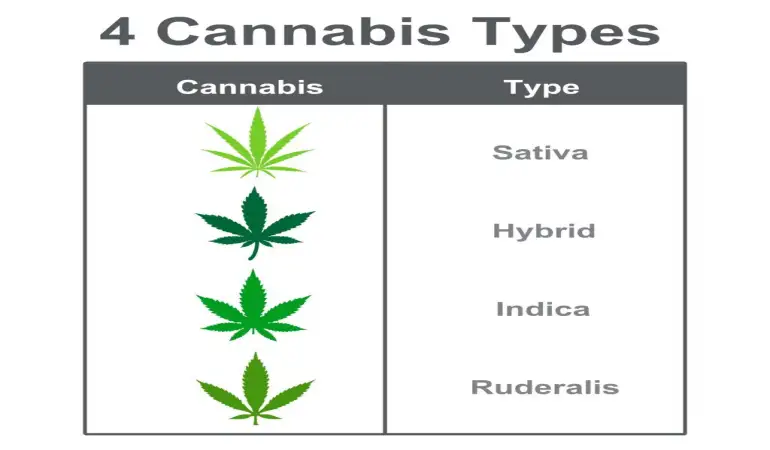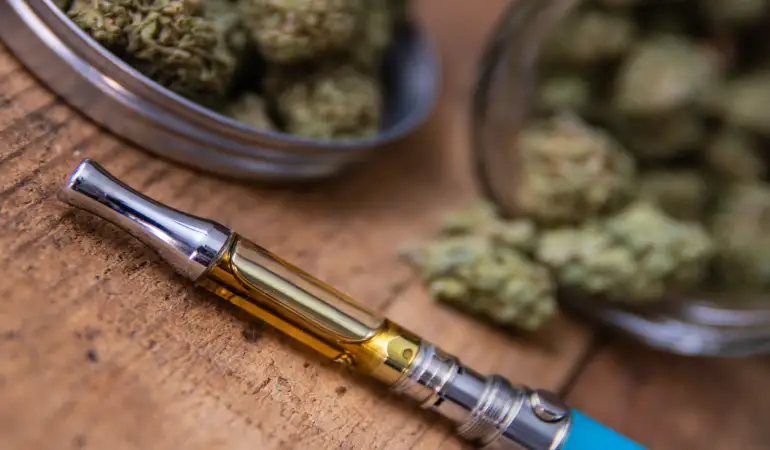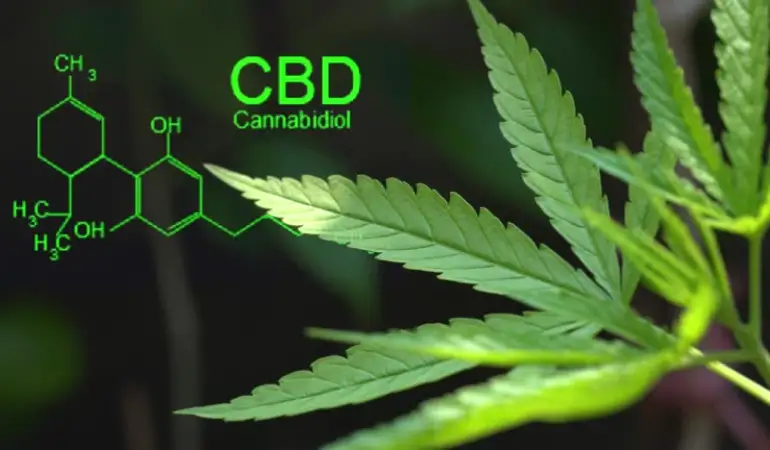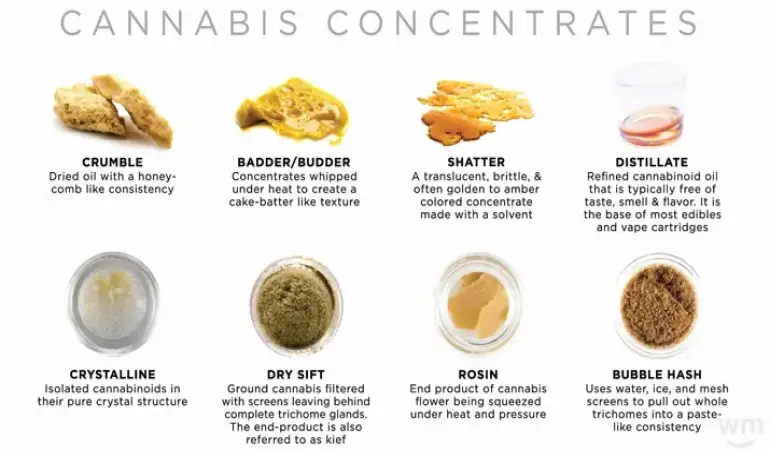Cannabis 101: Understanding How Cannabis Gets You High, The Role of THC and Terpenes
Learn how cannabis gets you high by exploring the effects of THC and terpenes. Discover the science behind cannabis highs, different consumption methods, and how long the effects last.
December 20, 2024 18:25
The Different Types of Cannabis
Cannabis strains are like the diverse varieties of tomatoes—cherry, Roma, heirloom, grape, beefsteak, and so on. Each strain has a unique chemical profile, a blend of different cannabinoids and terpenes. If you enjoy the taste, smell, and effects of a particular strain, you'll likely appreciate another with a similar chemical profile.
Understanding Indicas, Sativas, and Hybrids
The terms "indica," "sativa," and "hybrid" are often used to describe the effects of cannabis strains. Indicas are thought to be calming and sedating, sativas are considered energetic, and hybrids are a mix of both. However, these terms actually refer to the plant's physical structure, not its effects. The effects of a strain are determined by its chemical profile, which interacts differently with each person's body.
Sativa
Sativa strains are known for their uplifting and stimulating effects, often producing a "head high." Many consumers find sativas helpful for reducing stress or anxiety, and they are popular for enhancing focus, creativity, and motivation.
Hybrid
Hybrid strains are bred from both indica and sativa plants. Due to extensive crossbreeding, pure indica or sativa strains are rare. Most strains labeled as "indica" or "sativa" are actually hybrids, with genetics from both subspecies.
Indica
Indica strains are often associated with full-body effects, such as heavy limbs or a tingly face. They are commonly used for relaxation and to help with insomnia.
Terpene Profiles and Effects
Terpenes are aromatic compounds found in cannabis that contribute to its flavor and effects. Here are some common terpenes and their benefits:
Myrcene
Myrcene is one of the most common terpenes in cannabis. It has a peppery, spicy aroma and is also found in hops and lemongrass. Myrcene has antibiotic, antimutagenic, analgesic, anti-inflammatory, and sedative effects. It is ideal for patients suffering from sleep disorders, pain, and muscle discomfort.
Caryophyllene
Caryophyllene gives cannabis a spicy and musky aroma, with some strains having a funky profile. It activates CB2 receptors, contributing to its anti-pain effects and protecting the body and brain from disease, such as Alzheimer's.
Limonene
Limonene, found in lemons and citrus fruits, provides an exhilarating and energizing buzz. It enhances mood-elevating effects in hybrid strains and counteracts sedative terpenes in indicas.
Pinene
Pinene, with its pine forest aroma, helps retain memories by inhibiting acetylcholinesterase activity in the brain. It also offers benefits like euphoria, increased alertness, reduced oil production in oily skin, and anti-cancer properties.
Linalool
Linalool, responsible for floral, spicy, or woody aromas, affects serotonin receptors. It helps treat anxiety, depression, insomnia, and certain types of cancer.
Terpinolene
Terpinolene has a woody smell with floral citrus notes. It has antifungal and antibacterial properties and may induce minor drowsiness, reducing anxiety by calming the body and mind.
Humulene
Humulene, found in many herbs and flowers, is known for its anti-inflammatory, analgesic, and appetite suppressant properties. It promotes weight loss, relieves pain, and may inhibit tumor growth.
Ocimene
Ocimene has a woody aroma with fruity or citrusy flavors. It acts as a decongestant and expectorant, helping clear airways and improve respiration.
How to Consume Cannabis
Cannabis can be consumed in various ways, including smoking, vaping, eating, and topical application. Here are some popular methods:
Smoking: Cannabis can be smoked through pipes, bongs, and bubblers made from various materials. It can also be rolled into joints and blunts.
Vaping: Vaporization is popular, especially with vape pens, which are discreet, portable, and easy to use. Vaporizers can handle flower, concentrates, or both.
Edibles: Cannabis-infused foods and drinks offer a smoke-free option.
Topicals: Cannabis-infused creams and balms can be applied directly to the skin for localized relief.
How Does Cannabis Get You High?
Discover the Effects of THC
Cannabinoids and terpenes are the primary compounds in the cannabis plant that produce the high or provide medicinal benefits. The two main cannabinoids are THC and CBD. THC is responsible for the high, while CBD is non-intoxicating and often used for its therapeutic benefits. Most strains available at dispensaries are high in THC, though some are high in CBD or have a balanced ratio of both.
The Role of Terpenes
Terpenes are the aromatic compounds that give cannabis its distinct scents and complex aromas. There are hundreds of terpenes in the plant, but eight main ones are commonly found:
Myrcene
Caryophyllene
Limonene
Pinene
Linalool
Terpinolene
Humulene
Ocimene
Cannabinoids and terpenes work together synergistically through a process known as the entourage effect. They interact with and activate the body's endocannabinoid system, a cellular system that maintains balance in your body. This interaction is how you feel high and experience symptom relief or other effects of cannabis.
Dosing Cannabis
Dosing cannabis can be tricky because its effects plateau at a certain point. Taking more won't necessarily increase the effects. This plateau level varies for everyone based on body chemistry, the strain's chemical profile, and the amount consumed.
How Long Will the High Last?
Understanding the Effects of THC
The duration of cannabis effects can vary greatly depending on the dose and potency. The more you use and the higher the THC content, the longer the effects will last.
How you consume cannabis also affects when the effects peak and how long they last:
Smoking or Vaping: Effects peak around 10 minutes after consumption and typically last 1 to 3 hours, though they can linger for up to 8 hours.
Eating: The effects of edibles usually peak around 2 hours after consumption and can last up to 24 hours.
Dabbing: Similar to smoking, the effects of dabbing usually last 1 to 3 hours. If using a high THC concentrate, you could feel the effects for an entire day.
Cannabis affects everyone differently, so while your high may only last a couple of hours, you could potentially feel the comedown or aftereffects for several hours or even into the next day. It's best to go low and slow if you're new to cannabis.
What Does It Feel Like to Be High?
The Effects of THC
Smoking, ingesting, or vaping cannabis can make you feel high or "stoned." If you've never tried cannabis, you might wonder what it feels like.
Cannabis can have drastically different effects from one person to the next. Some people report feeling happy or relaxed, while others experience laughter, altered time and sensory perception, and increased appetite. However, cannabis can also cause less desirable effects such as anxiety, paranoia, and a racing heartbeat.





